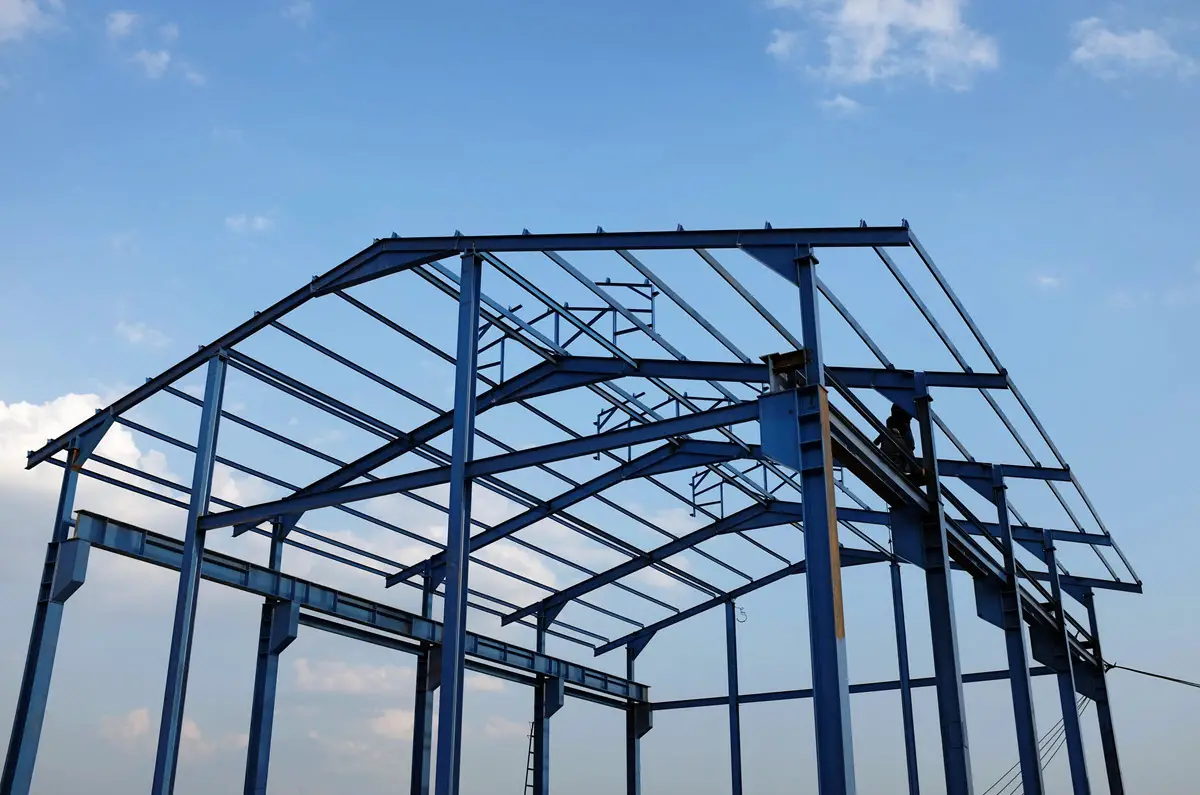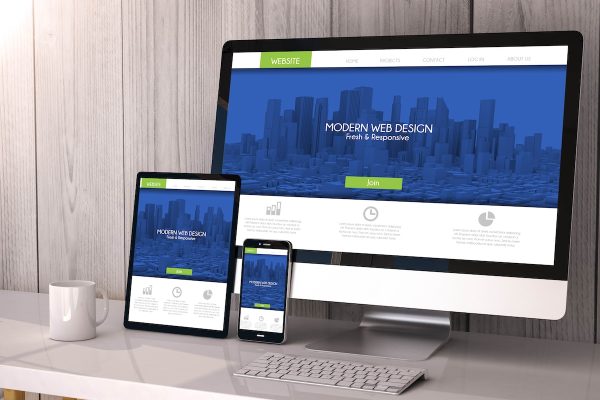Architectural Brilliance: Aesthetic Freedom in Commercial Metal Buildings

Estimated reading time: 4 minutes
Table of contents
Metal buildings have emerged as a remarkable choice for most commercial construction due to their versatility, durability, and aesthetic potential. This combination of qualities makes metal buildings a standout choice for a wide range of businesses and projects. This article discusses the various aspects related to commercial metal buildings. It explores their various types and how architects and designers can harness the aesthetic freedom they offer to create stunning and functional structures.
Types of Metal Buildings for Commercial Purposes
Metal Buildings for Commercial Purposes come in several types, each catering to specific needs and requirements. Understanding these types is crucial for architects and designers seeking to maximize the aesthetic potential of these structures.
Steel Frame Structures: Steel frame buildings are the most common type of commercial metal construction. They consist of a steel framework that supports the entire structure. This framework can be customized to create large open spaces, making it suitable for various commercial purposes, from warehouses to retail spaces.
Pre-Engineered Metal Buildings (PEMBs): PEMBs are a cost-effective and time-efficient option for commercial construction. These buildings are designed and fabricated off-site, ensuring precision and quality. PEMBs offer flexibility in terms of design, making them suitable for various aesthetic requirements.
SEE ALSO: How To Choose a WordPress Web Designer
Metal Clad Buildings: These buildings combine metal panels with other materials such as glass or masonry. This fusion of materials allows for striking architectural designs while still benefiting from the structural integrity of metal. Metal-clad buildings are often chosen for their aesthetic appeal in retail and office spaces.
Metal Roofing Systems: These are not only functional but also offer aesthetic advantages. They come in various profiles and finishes, allowing architects to create unique and visually appealing roof designs. Metal roofing also provides energy efficiency and durability.
Aesthetic Freedom in Metal Buildings
Here’s how architects and designers can harness the aesthetic freedom offered by commercial metal buildings.
Personalization: Metal buildings can be customized to a remarkable extent. Architects can choose from a variety of metal finishes, colors, and textures to get the desired aesthetic they want. Whether it’s a sleek modern look or a rustic appearance, metal can be adapted to suit any style.
Architectural Details: Metal buildings can incorporate intricate architectural details such as facades, canopies, and awnings. These details not only enhance the building’s aesthetics but also provide functional benefits such as sunshades and weather protection.
Integration of Other Materials: As mentioned earlier, metal-clad buildings allow for the integration of other materials. Architects can combine metal with glass, wood, or stone to create visually stunning facades and interiors. This fusion of materials adds depth and texture to the building’s design.
SEE ALSO: The Main Reasons Why People Decide to Invest in NFTs
Large Open Spaces: Steel frame structures offer architects the freedom to create large, open spaces without the need for supporting columns or walls. This spaciousness can be utilized for innovative interior designs, allowing for impressive visual effects and flexible layouts.
Natural Light: Metal buildings can incorporate ample natural light through the use of skylights, large windows, and translucent wall panels. This reduces the need for artificial lighting and enhances the building’s aesthetic by creating a bright and inviting atmosphere.
Durability and Longevity: The long-term aesthetic appeal of a commercial building is often tied to its durability. Metal buildings are known for their resilience against the elements, ensuring that the aesthetic features remain intact and impressive over time.
In conclusion, commercial metal buildings offer architects and designers a canvas of endless possibilities when it comes to aesthetics. From customization to the integration of various materials and sustainable features, the architectural brilliance of these structures knows no bounds.








